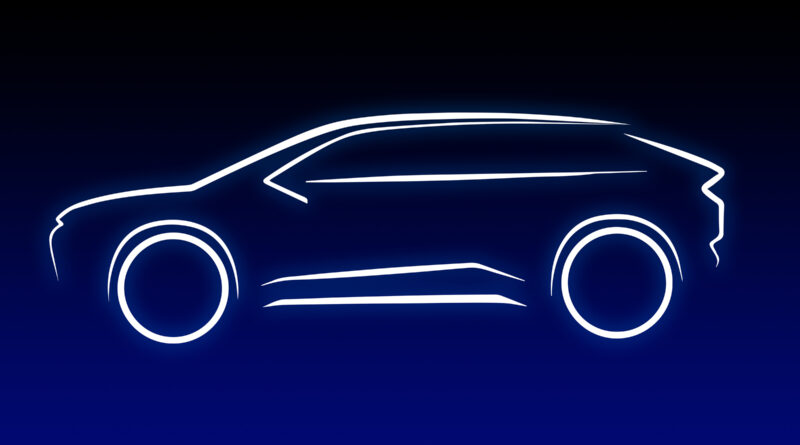Toyota to debut solid state battery in 2021 – but how much better will it really be?
Toyota has confirmed plans to debut its solid state battery technology in 2021 – ahead of a mass roll-out around the middle of the decade – with the Japanese behemoth primed to be the first across the line with the new technology.
But the big question is, what does solid state battery technology actually mean to EV buyers? How much further can you travel between charges? And when you are out of juice, how much faster can you recharge?
For these answers we turn to Toyota, where the company’s executives are still keeping a little coy on just what the new technology will offer. That said, they have dropped several important hints.
But first, just what is solid state battery technology? Toyota’s will come from its joint venture with Panasonic, and the clue is right there in the name – the tech utilises solid electrolyte lithium-ion cells that are far less susceptible to capacity loss, are safer and more stable, and are also lighter and can carry more power.
Seen as the next big benchmark in EV tech, almost every car company is attempting to rush solid-state batteries to market, but it appears Toyota will cross the line in the first place.
What does that mean for the consumer? Reports circling Toyota’s solid-state EV prototype, which will debut in 2021, are very promising, with the tech sounding like it will knock down just about every barrier remaining to EV entry.
For one, the tech promises a healthy 500km in driving range. Better still, should you be taking a long-distance trip – and can access an appropriate charger – then recharging to full would take just 10 minutes.
In fact, Toyota says its vehicle will offer a driving range that’s double that of a lithium-ion battery powered EV, and they’ll take up less room, too.
And even better again, while traditional lithium-ion batteries are prone to capacity loss over time, solid-state batteries are expected to be able to travel some 400,000km while retaining 80 per cent of their capacity.




